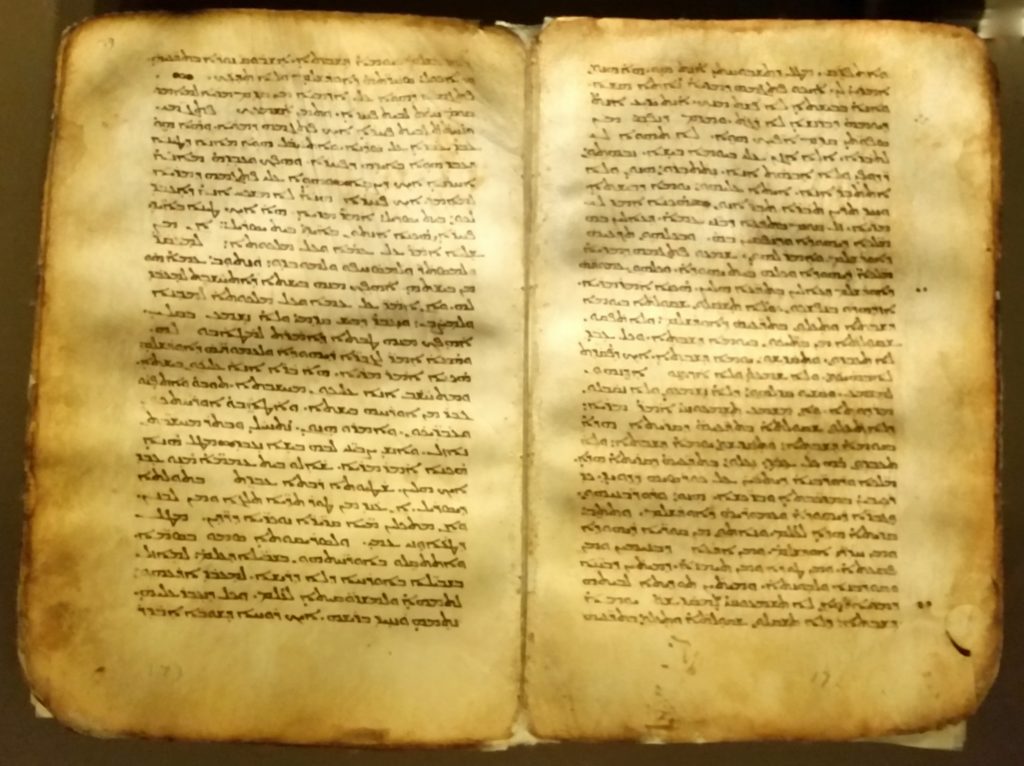A Great New Resource Later in the Year!

We look forward to a wonderful 2017 together, and are excited about the possibilities and resources planned for this site in the coming months
Generally in countries like Indonesia, there are a lack of resources and exposure that can provide the Muslim population access to the “non-traditional” interpretation of their history, with these resources more commonly available in English or German. One great exception to this, which I have referred to in the past, is a book by Professor Mun’im Sirry, originally from the Island of Madura in Indonesia, who now lectures at Notre Dam University in the USA, whilst also regularly teaching in Islamic tertiary institutions in Indonesia.
Currently I am assisting him with the translation from Indonesian into English of his book “The Controversy of Early Islam,” which will be available later in the year.
Below is a snapshot of the issues it deals with relating to the revising of the History of Islam. As explained, because of these issues, two different Western Universities may present quite opposite views on how Islam emerged…
The historical records of Islam, which are usually used to narrate the early history of Islam regarding the Prophet Muhammad and his companions, began to be recorded more than 100 years after the event, and is now being questioned for its accuracy. The reality is that until this point, we do not have a source of information, which was written at the time of the Prophet about the story of the life of Muhammad, and how this new religion he taught developed into Mecca and Medina. We also do not have writings from the following generation. And, it is almost certain, that sources such as these will never be found. Therefore, it makes sense for the question to emerge: Do the later historical records present an accurate image of what actually occurred?
Fred Donner, a leading lecturer in early Islamic civilization at the University of Chicago, in his book Narratives of Islamic Origins (1998), presents four approaches that have emerged amongst modern scholars in responding to the question of traditional Muslim sources. In discussing the four approaches, we can observe what is the focus and basic assumptions of each of these approaches, as well as the connecting points between one to another.
The first approach, termed as the DESCRIPTIVE APPROACH, fully accepts the traditional explanation as provided by Muslim sources. This approach does not have any issue with the evidence that information provided by Muslim theologians concerning the formative period of Islam was corrupted. With this, the traditional sources can be presented as the primary source to reconstruct the history of the emergence of Islam. Modern scholars within the West who embrace this approach do not concern themselves with the authenticity of sources from the classical Islamic era. Literary works, which represent the descriptive approach, to mention a few, are The Venture of Islam (1974) by M.G.S. Hudgson; A History of Islamic Societies (1988) by Ira Lapidus; Muhammad and the Age of the Caliphates (1986) by Hugh Kennedy. These books are widely known by scholars and students of Islam, and even some of them are considered classics and obligated reading in numerous Western tertiary institutions.
Regarding the SOURCE CRITICISM APPROACH, there is a belief that there are layers of narration within traditional Muslim sources, which includes factual historical data that is enclosed by inaccurate layers of data. The genuine historical record had been contaminated by human error in its transmission, or mixed with falsified stories with a sectarian polemical or political motive. Other sources (especially Christian sources) need to be collaborated to discern true historical data, sources outside of Islamic tradition can provide evidence to strengthen or weaken the traditional historical narration that is contradictory.
With the third approach, termed by Donner as the TRADITION CRITICISM APPROACH, the Hadith and other Muslim literature of the classical era reflects the issues which had become the focus during the Umayyad Caliphate rule. If the source criticism approach assumes that the biography and historical Muslim literature that we have received is partly based upon early fragments of written literature, the tradition criticism approach emphasizes the argument that Muslim literature was primarily based upon oral traditions.
The most dismissive rejection of the Muslim corpus is the fourth, the SCEPTICAL APPROACH. It is termed sceptical not with the understanding that this is the only approach with scepticism concerning the biographical and historical Muslim literature. However, the sceptical approach is radical in considering that there is no factual information and historical data in the Muslim corpus.
In this approach, popularised by John Wansbrough , the canonization process of the Qur’an text actually occurred during the second century of Islam, not after the death of the prophet, as is described in historical literature, and in fact was canonized in Iraq during the Abbasid Dynasty. Because of that, the Qur’an cannot be said to be of the same era as the prophet, and cannot be considered as evidence regarding the emergence of Islam. The biographical and historical literature which was written by Muslims in the classical era is not considered “history” in its true meaning, however “salvation history,” meaning to serve the traditional story to idealize the prophet and the community of his followers. It is within this approach that some question even the very existence of Muhammad.
Prof. Mun’im Sirry has done a wonderful job in analysing and critiquing each of these approaches. I believe the book, once released, will be invaluable tool, presenting a systematic overview that affects how we understand Islam.
Wasalam
Robert




